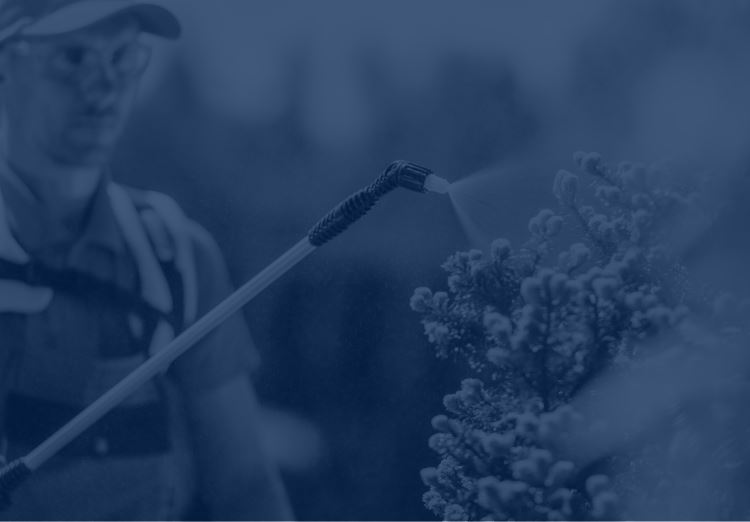Mold can be a serious problem in any home, leading to health issues and structural damage if not addressed promptly and effectively. Mold remediation is the process of identifying, removing, and preventing mold growth in your home. Whether you’re dealing with a minor mold issue or a more extensive infestation, understanding the steps involved in mold remediation and following best practices can help you restore your home to a safe and healthy environment.
Here’s your ultimate guide to mold remediation, complete with essential tips and best practices.
Step 1: Identify the Source of Moisture
Mold thrives in damp environments, so the first and most important step in mold remediation is identifying and eliminating the source of moisture. Common sources include leaks in roofs, windows, or pipes, as well as areas with poor ventilation, such as basements and bathrooms. Addressing the moisture problem is critical to preventing mold from returning after remediation.
- Tip: Use a moisture meter to detect hidden sources of moisture in walls, floors, and ceilings. Repair any leaks promptly and ensure proper ventilation in moisture-prone areas.
Step 2: Assess the Extent of Mold Growth
Before beginning the remediation process, it’s important to assess the extent of mold growth in your home. Mold can grow on a variety of surfaces, including drywall, wood, carpeting, and insulation. In some cases, mold may be visible, but it can also grow in hidden areas, such as behind walls or under flooring.
- Tip: Conduct a thorough inspection of your home, paying close attention to areas with a history of water damage or high humidity. If the mold covers a large area or is difficult to access, consider hiring a professional mold remediation service to handle the job.
Step 3: Contain the Mold
Once you’ve identified the affected areas, it’s important to contain the mold to prevent it from spreading to other parts of the home. This is particularly crucial when dealing with large infestations.
- Tip: Seal off the contaminated area using plastic sheeting and tape, and turn off HVAC systems to prevent the spread of mold spores through the air. Wear protective clothing, including gloves, goggles, and a mask, to avoid exposure to mold spores.
Step 4: Remove Mold-Infested Materials
The next step in mold remediation is removing mold-infested materials. Porous materials like drywall, carpeting, and insulation that have been heavily contaminated with mold should be removed and discarded. Non-porous materials, such as metal, glass, and hard plastics, can often be cleaned and salvaged.
- Tip: Use a HEPA vacuum to remove loose mold spores from surfaces before wiping them down with a detergent solution. For stubborn mold, a solution of bleach and water (1 cup of bleach per gallon of water) can be used, but always follow safety guidelines and ensure the area is well-ventilated.
Step 5: Clean and Disinfect the Area
After removing contaminated materials, it’s essential to thoroughly clean and disinfect the affected area to remove any remaining mold spores and prevent future growth. Use a mold-specific cleaner or a solution of bleach and water to disinfect surfaces.
- Tip: Avoid mixing bleach with ammonia or other household cleaners, as this can create dangerous fumes. After cleaning, allow the area to dry completely to prevent new mold growth.
Step 6: Repair and Restore
Once the mold has been removed and the area cleaned, you can begin repairing and restoring your home. Replace any damaged drywall, flooring, or insulation, and repaint walls with mold-resistant paint to help prevent future issues.
- Tip: Ensure that any underlying moisture issues have been fully resolved before replacing materials to prevent mold from returning.
Best Practices for Mold Prevention
Preventing mold is an ongoing process that requires regular maintenance and vigilance. Here are some best practices to keep your home mold-free:
- Control humidity: Keep indoor humidity levels below 60% using dehumidifiers, especially in basements and bathrooms.
- Ventilate: Use exhaust fans in kitchens, bathrooms, and laundry rooms to reduce moisture.
- Fix leaks promptly: Address any leaks in roofs, windows, and pipes as soon as they occur.
- Clean regularly: Regularly clean and dry areas prone to moisture, such as shower stalls, to prevent mold growth.
Contact Us for Professional Mold Remediation Services Today!
Mold remediation is a critical process for maintaining a healthy and safe home environment. By following these steps and best practices, you can effectively remove mold, address the underlying causes, and prevent future infestations. If you’re dealing with a significant mold problem, don’t hesitate to reach out to Healthy Home Solutions today at (302) 779-1956 to ensure the job is done thoroughly and safely.
Remember, the key to successful mold remediation is not just removing the mold but also addressing the moisture issues that caused it in the first place.

